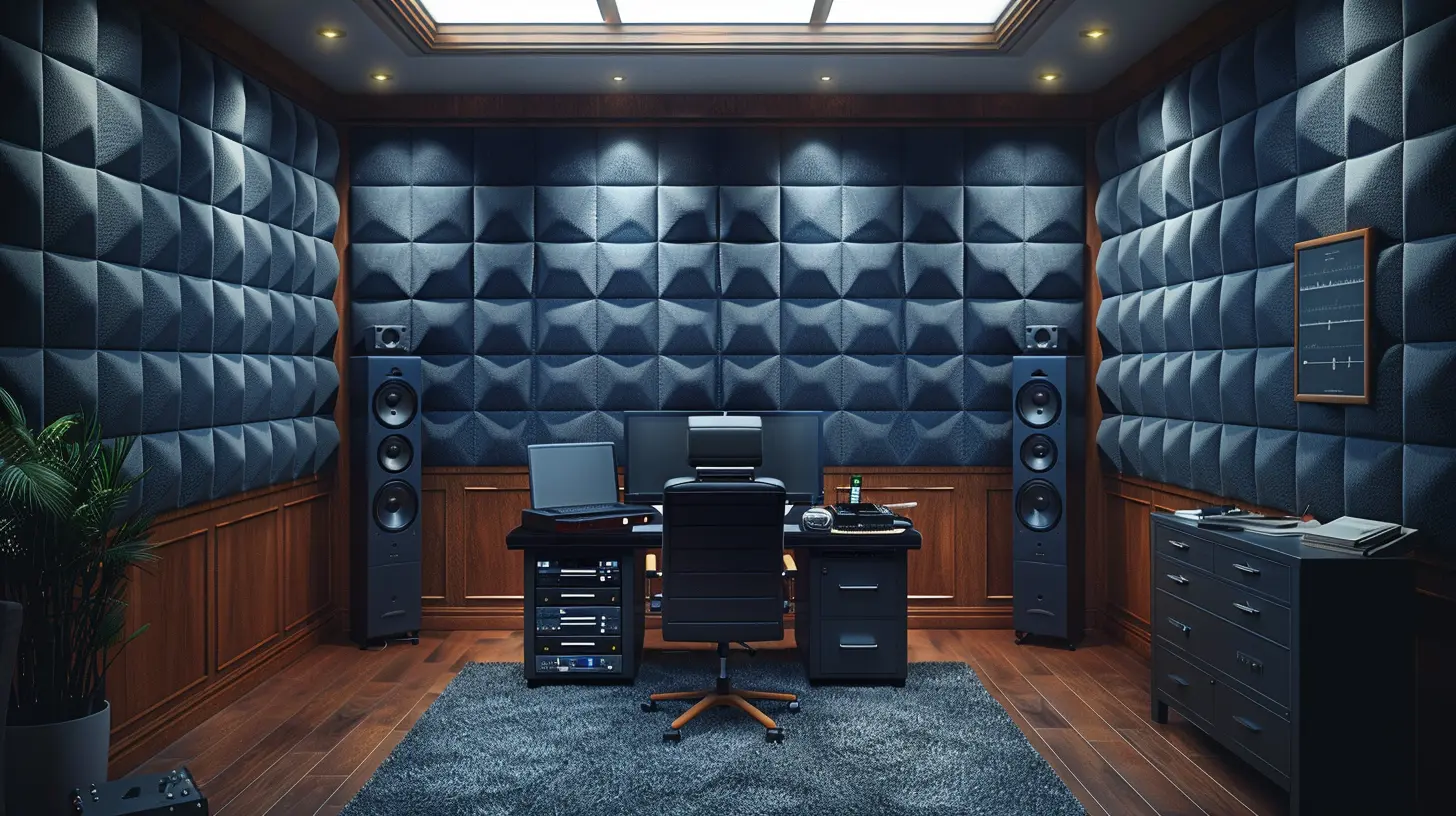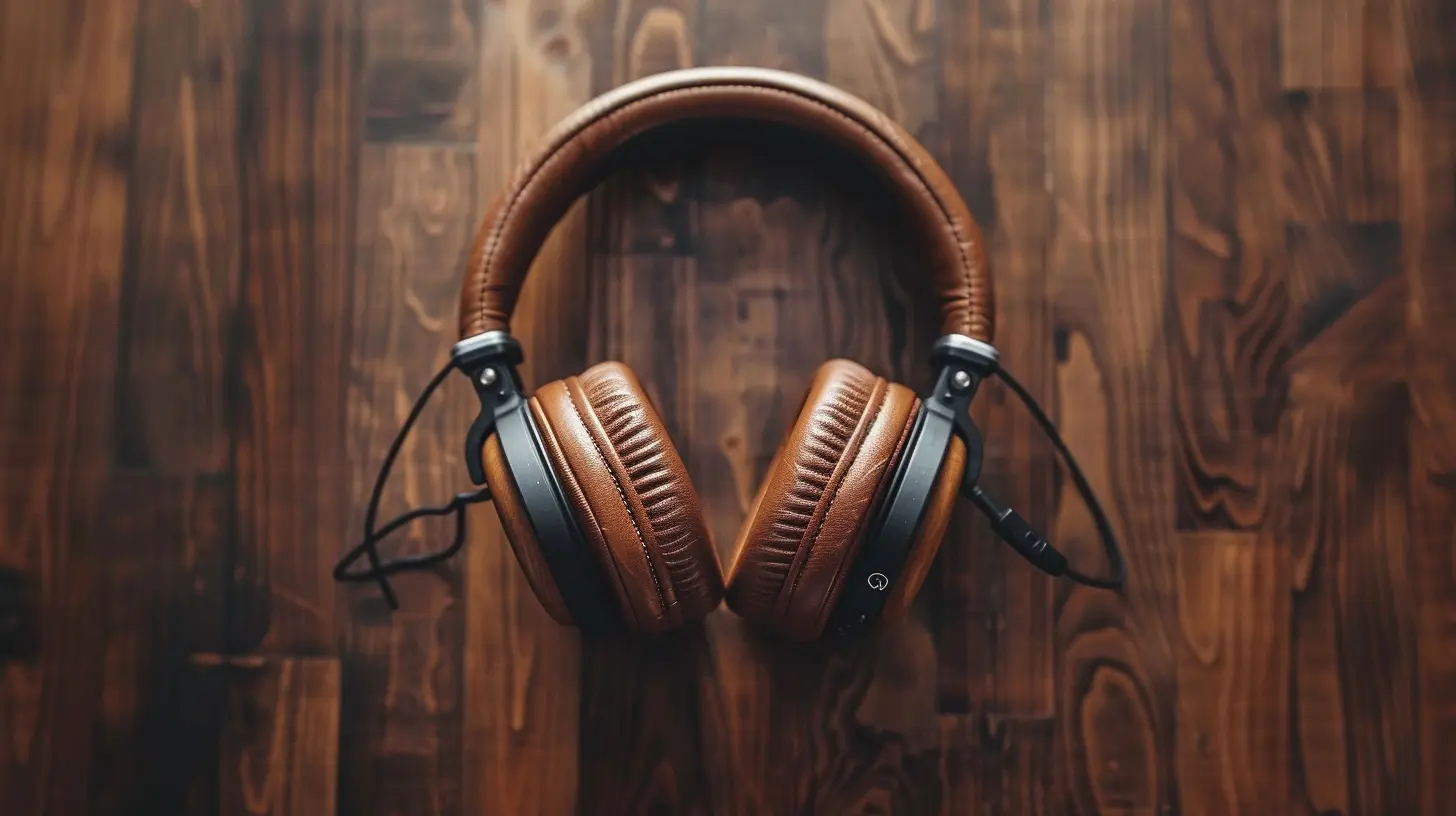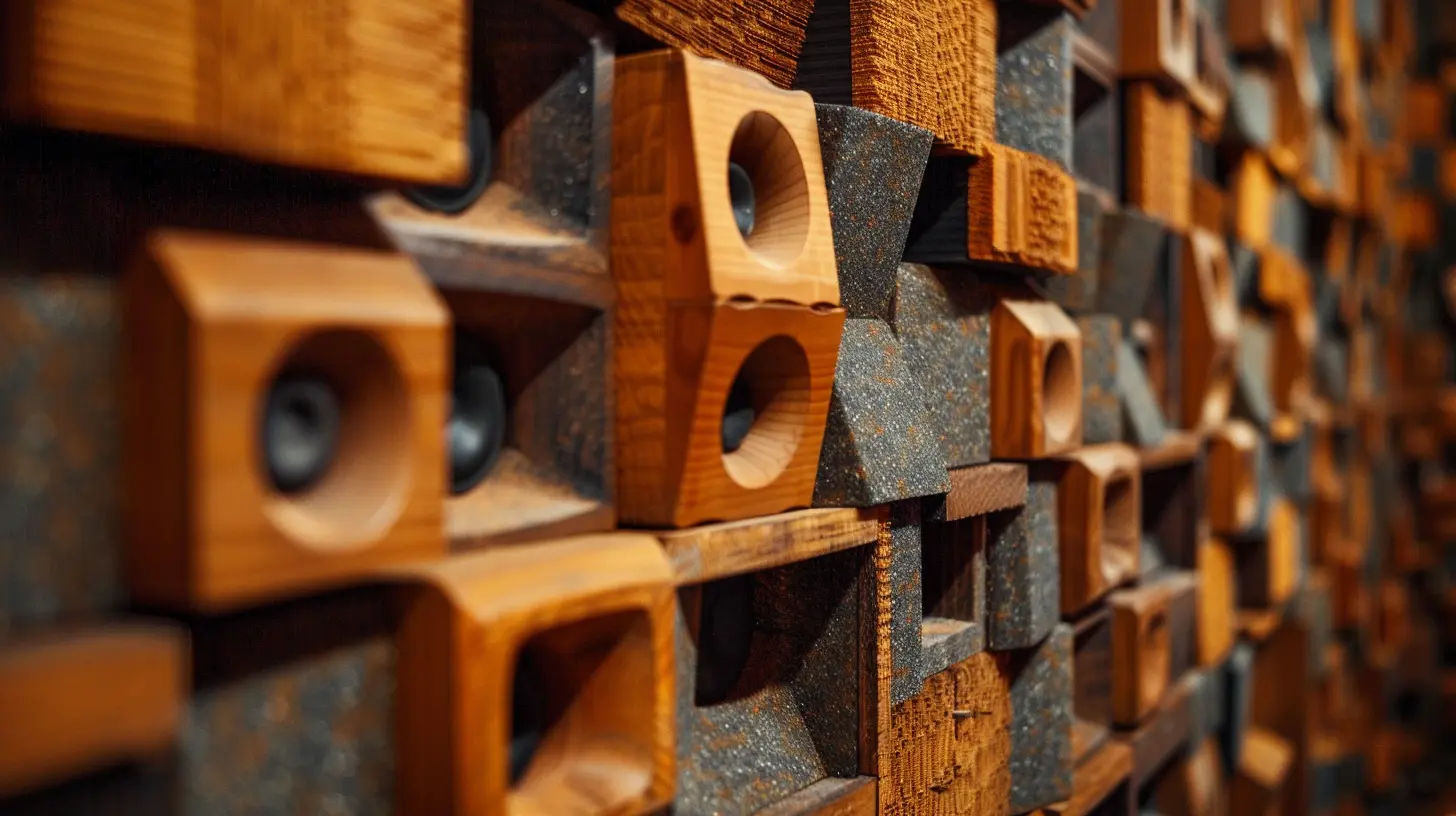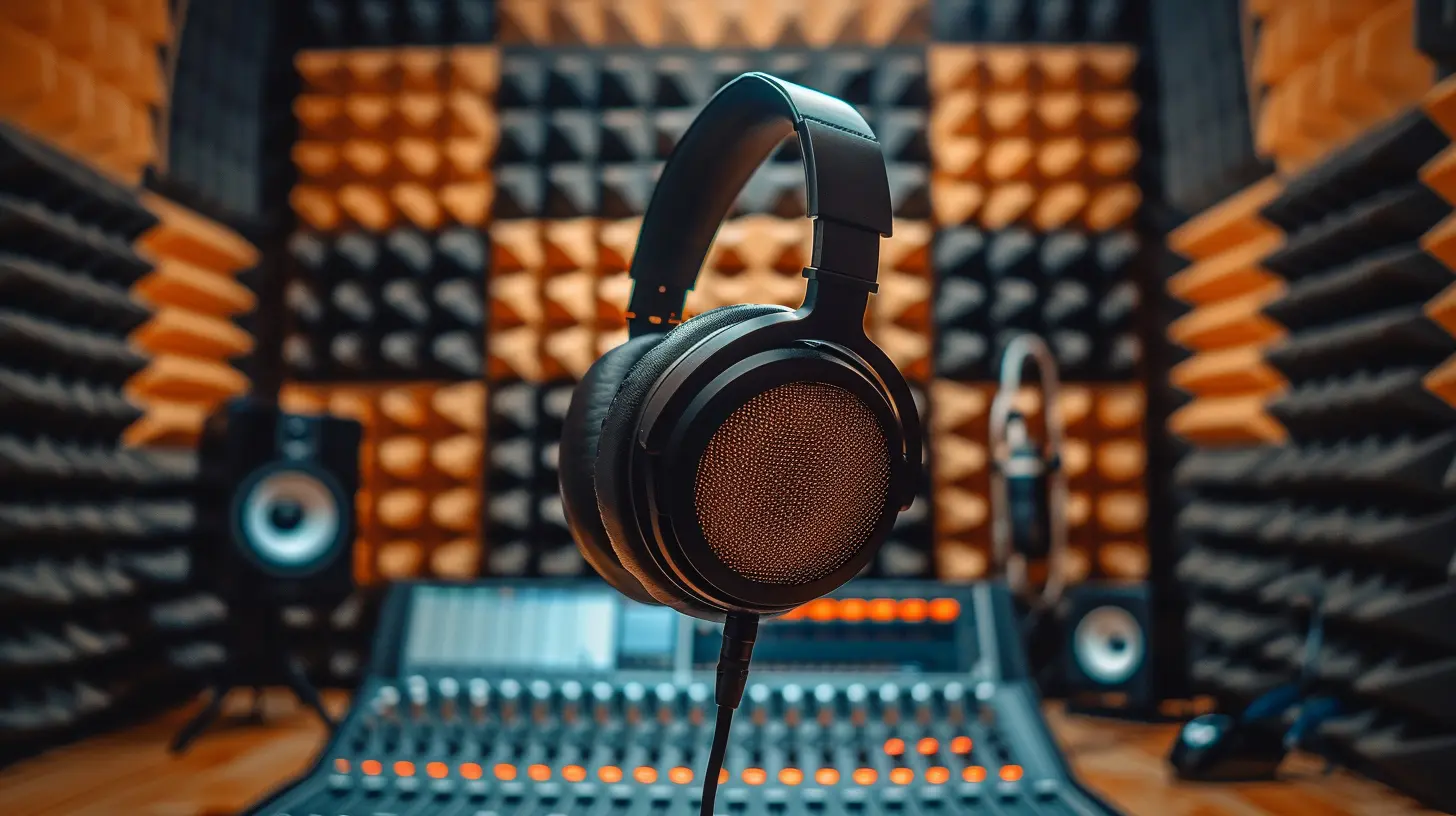How to Soundproof Your Home Office for a Better Work-From-Home Experience
2 July 2025
Working from home comes with its perks – no commuting, flexible hours, and the comfort of your own space. But let's be honest: distractions are everywhere. Whether it’s noisy neighbors, barking dogs, or kids running around, unwanted sounds can make it tough to focus.
That’s where soundproofing comes in. Creating a quiet workspace isn’t just a luxury; it’s essential for concentration and productivity. In this guide, I’ll walk you through practical, budget-friendly ways to soundproof your home office so you can work in peace. 
Why Soundproofing Your Home Office Matters
If you’ve ever been in the middle of an important Zoom call only to have a loud noise steal the spotlight, you know how frustrating it can be. A noisy workspace can lead to:- Decreased productivity – External sounds can break your concentration, making it harder to focus.
- Increased stress levels – Constant interruptions can make work exhausting.
- Poor communication – Background noise during video calls can make conversations difficult.
Soundproofing isn’t just about reducing noise; it’s about creating an environment where you can thrive. 
Understanding Sound and How It Travels
Before we jump into solutions, let’s quickly break down how sound behaves. Sound travels through:- Airborne transmission – Sounds moving through open space (like voices, music, or TV noise).
- Structure-borne transmission – Sounds traveling through walls, floors, or ceilings (like footsteps or furniture dragging).
Effective soundproofing tackles both by adding barriers to block sound and materials that absorb it. 
1. Seal Gaps and Cracks
Even the tiniest openings can let sound in. Start by inspecting your home office for gaps and seal them up using:- Weatherstripping – Perfect for sealing gaps around doors. Self-adhesive strips are inexpensive and easy to install.
- Acoustic sealant – A flexible caulk that can be used around windows, baseboards, or any small cracks.
- Door sweep – A simple yet effective fix for the gap under your door, blocking unwanted noise from creeping in.
These small changes can make a big difference in keeping sound out. 
2. Upgrade Your Door
Most interior doors are hollow, which means they do very little to block noise. If you want to take your soundproofing up a notch, consider:- Solid-core doors – These are thicker and way better at blocking sound than standard hollow-core doors.
- Soundproofing blankets – If replacing your door isn’t an option, hanging thick blankets or moving blankets can help absorb noise.
- Adding mass-loaded vinyl – A dense material that can be applied to doors for extra soundproofing power.
3. Use Soundproof Curtains and Window Treatments
Windows are another weak spot when it comes to noise. To tackle sound entering through windows, try:- Heavy blackout curtains – Not only do they block light, but they also absorb sound.
- Acoustic window inserts – These act like an extra layer of glass, cutting down on noise significantly.
- Sealing window gaps – Use weatherstripping or acoustic caulk to plug any air leaks around your windows.
If outside noise is a major issue, investing in double-glazed windows might be worth considering.
4. Add Soft Furnishings to Absorb Sound
Ever noticed how sound bounces around in an empty room? That’s because hard surfaces reflect noise, making even small sounds seem louder. The solution? Add soft materials that absorb sound:- Rugs and carpets – A thick rug can do wonders for reducing echo and absorbing noise from below.
- Fabric wall hangings – Tapestries, canvas paintings, or even foam panels wrapped in fabric can help dampen sound.
- Upholstered furniture – A cozy armchair or a couch can contribute to a quieter space.
The more soft surfaces you add, the more you’ll notice a reduction in noise.
5. Install Acoustic Panels or Foam
For a more professional touch, acoustic panels or foam can drastically improve sound quality in your home office. These come in various designs and can be mounted on walls or ceilings.- Foam panels – Great for absorbing echoes, making them ideal if you do a lot of audio or video calls.
- Fabric-wrapped acoustic panels – These blend seamlessly with home décor while reducing noise.
- DIY soundproof panels – Make your own using plywood, insulation, and fabric for a budget-friendly solution.
These materials won’t make your office completely silent, but they’ll definitely mute unwanted noise.
6. Rearrange Your Office Layout for Maximum Soundproofing
Believe it or not, where you place your furniture can affect how sound travels. Try these simple tricks:- Move bookshelves against walls – A full bookshelf acts as a natural sound barrier.
- Position your desk away from noise sources – If possible, set up your workspace in the quietest part of your home.
- Use plants – Large leafy plants can help absorb sound waves and make your office feel cozier.
A little strategic planning can go a long way in making your space quieter.
7. Invest in Noise-Canceling Technology
If you can’t completely block out noise, the next best thing is masking or canceling it.- Noise-canceling headphones – A lifesaver for remote workers, especially if you’re dealing with unpredictable noise.
- White noise machines – These create a consistent sound that can help drown out distractions.
- Soft background music – Playing instrumental music at a low volume can help mask external noises.
Sometimes, the best solution isn’t eliminating noise but learning to work around it.
8. Consider Adding Soundproof Insulation
If you're open to a more permanent solution, adding insulation to your walls can significantly reduce noise transmission.- Rockwool insulation – An excellent option for absorbing sound between walls.
- Mass-loaded vinyl (MLV) – A dense material that can be installed inside walls for maximum soundproofing.
- Double drywall with Green Glue – Adding a second layer of drywall with soundproofing compound (like Green Glue) can further block noise.
While these upgrades require a bit more investment, they can transform your home office into a true quiet zone.
Final Thoughts
A peaceful home office isn’t just about comfort—it’s about optimizing your productivity and focus. Whether you’re sealing gaps, adding soft furnishings, or upgrading your doors and windows, every little effort adds up.Soundproofing doesn’t have to be expensive or complicated. Even small changes can make a noticeable difference in creating a workspace that helps you stay focused and stress-free.
So, go ahead and take control of your work environment. Your future self (and your eardrums) will thank you!
all images in this post were generated using AI tools
Category:
Home Improvement TipsAuthor:

Melanie Kirkland
Discussion
rate this article
1 comments
Vito Banks
Thank you for sharing these valuable tips on soundproofing a home office! Creating a quiet workspace is essential for productivity. I appreciate the practical suggestions and look forward to implementing them for a more focused work-from-home experience.
July 15, 2025 at 11:25 AM

Melanie Kirkland
Thank you for your kind words! I'm glad you found the tips helpful for enhancing your home office experience. Happy soundproofing!


